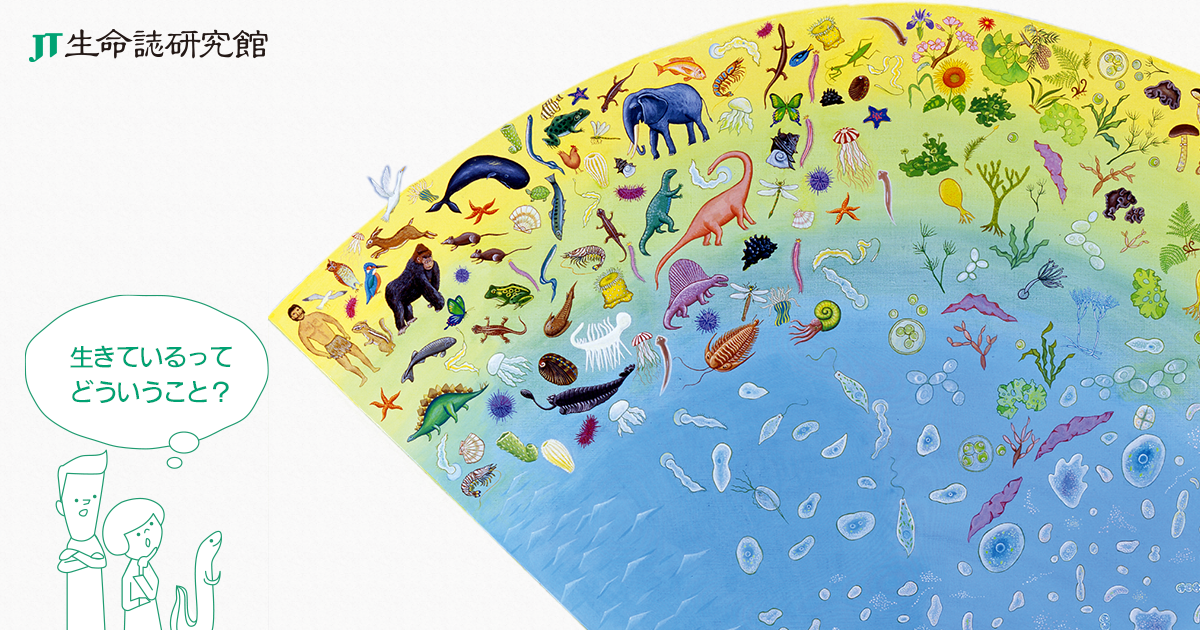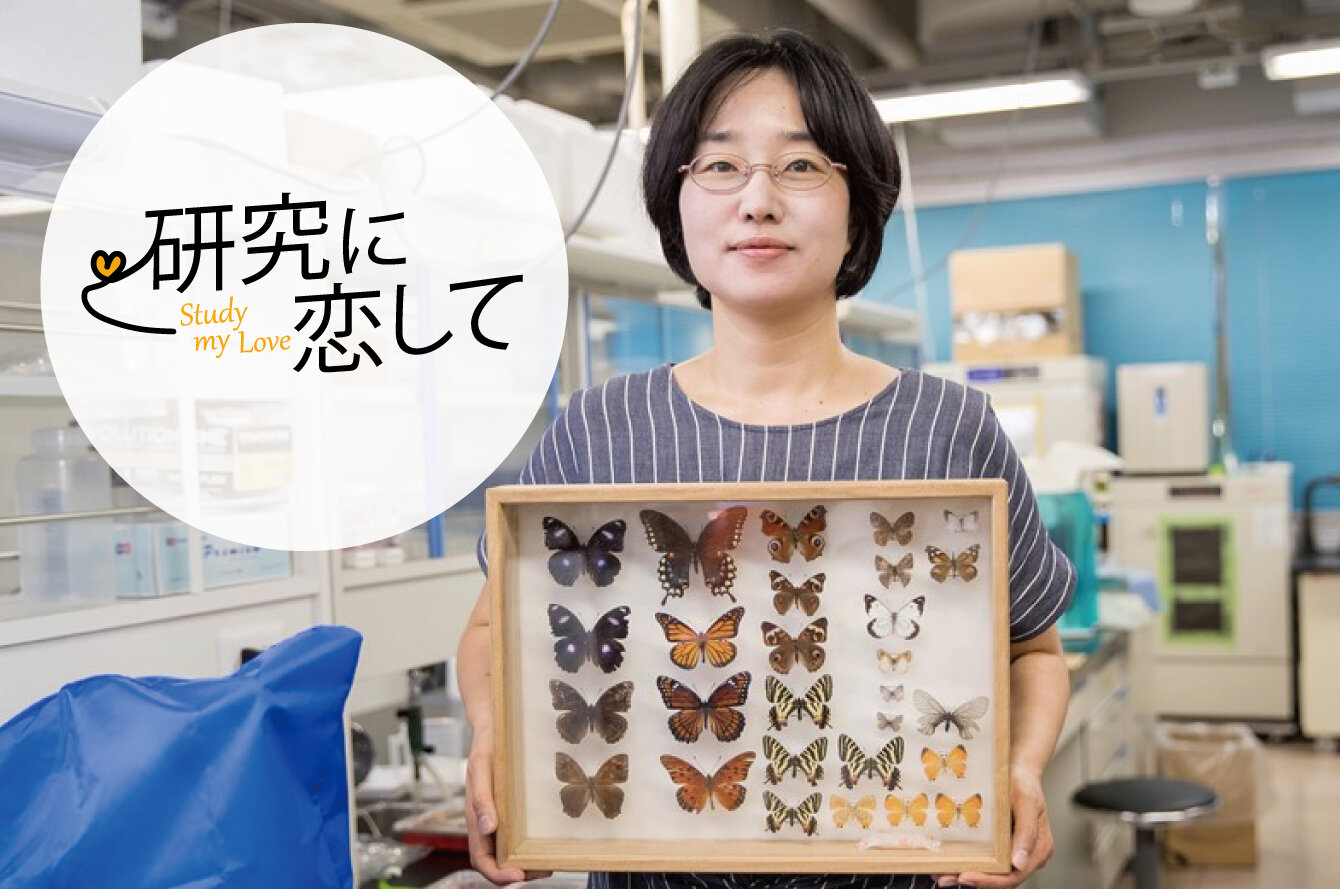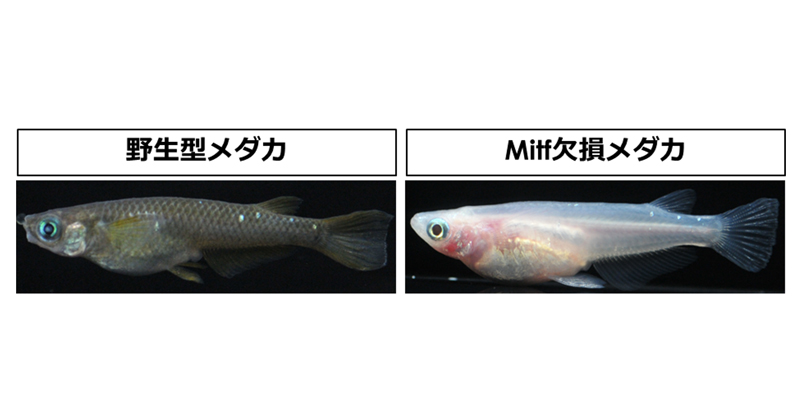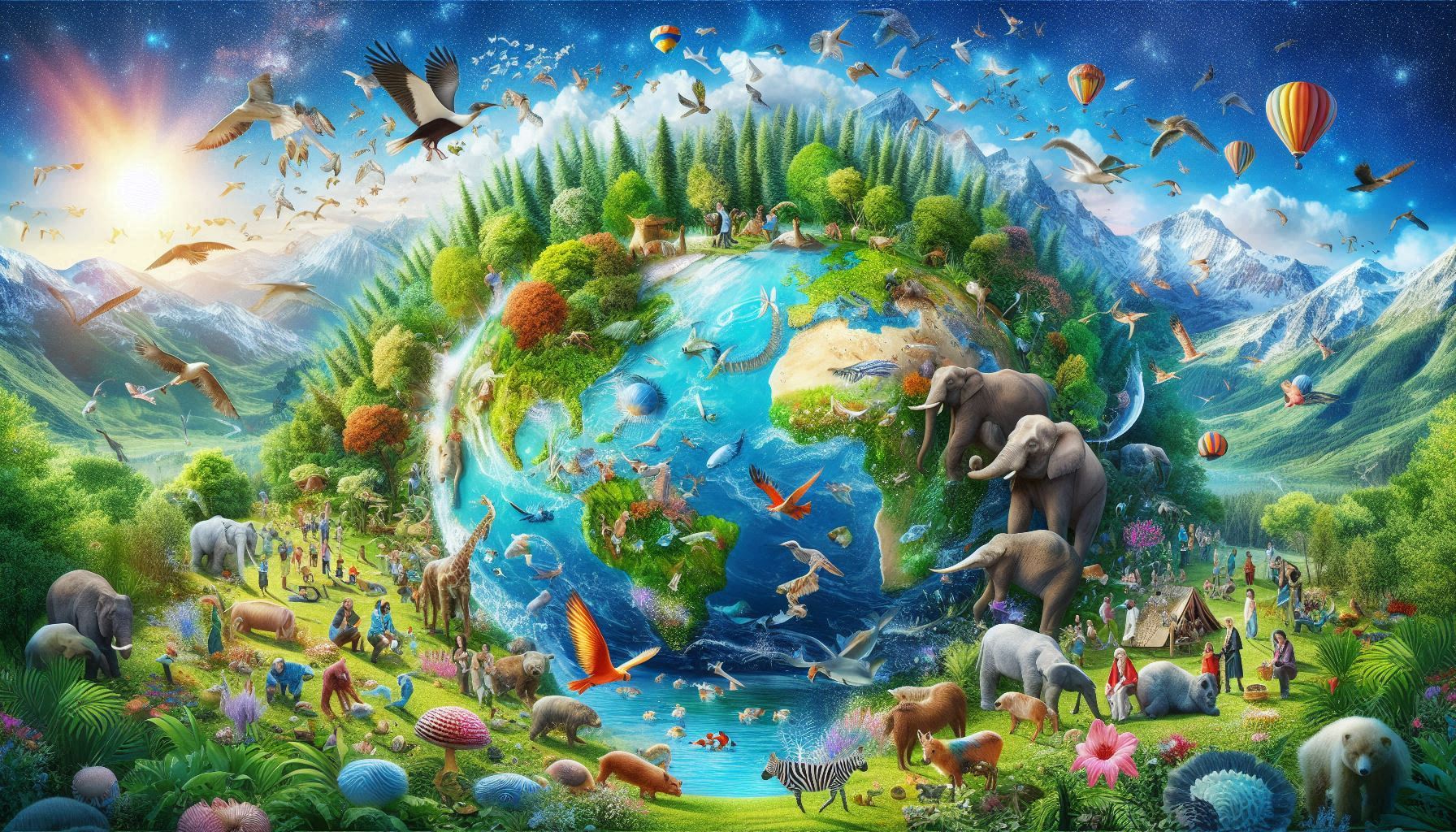I’ve often wondered what it is to find something beautiful. Sometimes I look at the shape, and sometimes I look at the color, and either way the mystery deepens, but color is also mysterious. When light is split into two parts, a rainbow-like gradation appears, which suggests that all colors are inherent in light. Objects reflect the light of the appropriate color and absorb the rest of the light, which is why they appear to be colored.
In order to recognize color, it seems necessary for the reflected light to hit the retina, stimulating the red, green, and blue cone cells, and for the brain to interpret the stimulation as color. If color is the result of the brain’s interpretation, and if objects are also reflected light, it seems possible to say that color either exists or does not exist.

In addition to the mysteries of color and light, there is also the mystery of vision. In terms of the history of the Earth, it is said that creatures with eyes appeared in the Cambrian period 540 million years ago. There are various theories about this as well, but one theory is that eyes were born when the environment became flooded with light, such as when sunlight that had been blocked by volcanic smoke settled down and began to reach the Earth, or when the light from a supernova explosion reached the Earth.
This period is said to have seen a sudden increase in biodiversity, known as the Cambrian explosion, and many fossils have been found. There is also a theory that this is due to an increase in organisms that are more likely to remain as fossils, and there are still many things that remain unclear. At the very least, the fact that eyes emerged at a certain point means that there was an era prior to that when there were no eyes. It seems that survival strategies differ greatly between those with and without vision. A relationship of seeing and being seen is born, leading to changes in body color and changes in color recognition.

Nowadays, there are many different pigments that produce the body colors of living things. There are several thousand types of pigments in plants, and they produce colors by combining several of them. There are four major pigments: green chlorophyll, non-green flavonoids, yellow, orange, and red carotenoids, and betalains, which are a mixture of reddish purple and yellow.
Insects have more than eight types of pigments, including the three major pigments: black and brown melanins, red, orange and purple ommochromes, and white, yellow and red pteridines.

In addition, animals mainly have three types of pigment cells: melanophores, which produce and contain melanin, erythrophores and xanthophores, which contain carotenoids and pteridines, and iridophores, which reflect light. Looking at it this way, animals contain the same pigments as plants and insects. Iridophores are said to produce bright colors by reflecting light and fluorescent colors, but strictly speaking they do not contain pigments.
Fish, amphibians, and reptiles have all three, while birds and mammals only have melanophores. The vivid colors of birds are apparently due to the carotenoids in their food and the complex light reflection called structural color.

In addition to reflected light, there are also other types of light that produce colors: fluorescence and luminescence. Fluorescence changes the wavelength of the light it receives and emits it, and is called a fluorescent color. Luminescence is the release of energy generated by chemical reactions as light. There is light that comes from the sun and light that comes from living organisms.
It’s strange that we find color, light, and vision so mysterious, but the phenomenon of color is amazing. Color is amazing. The colorful Earth is amazing.


